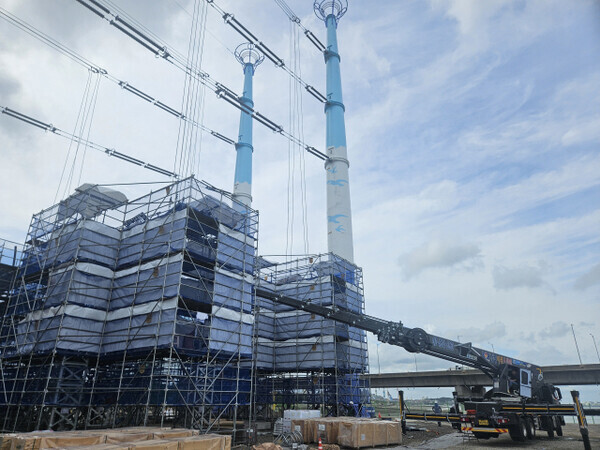
South Korea has finally inaugurated the Bukdangjin–Shintangjeong high-voltage transmission line, a critical infrastructure project linking the coal-fired power plant in Taean, South Chungcheong Province, to the vital semiconductor and display manufacturing hubs in the Seoul metropolitan area. The completion of the 44.6-kilometer network, which officially commenced operations on April 2nd, marks the end of a 22-year saga plagued by protracted delays and significant financial burdens.
The Ministry of Trade, Industry and Energy (MOTIE) confirmed the operational launch of the transmission line, which is designed to efficiently deliver electricity generated from the Taean plant to meet the burgeoning power demands of key industries concentrated around the capital. However, the project's journey from its initial conception in the 2003 "Basic Plan for Long-term Electricity Supply and Demand" to its eventual realization was fraught with obstacles, primarily stemming from intense local opposition and intricate regulatory hurdles.
Construction of the high-voltage transmission and distribution network encountered a staggering 13-year delay. Local residents and environmental advocacy groups vociferously opposed the project, raising substantial concerns regarding potential damage to valuable farmland and the disruption of critical habitats for migratory bird populations in the region. The protracted process of site selection alone took an arduous 11 years to finalize. Even after securing the necessary land, the project faced repeated stoppages as local administrative bodies, notably Dangjin City, hesitated to issue essential permits due to persistent public resistance. Consequently, the initial completion target of 2012 was postponed on six separate occasions, earning the unenviable distinction of being the nation's most delayed transmission initiative.
The extensive delays have inflicted a heavy financial toll on the state-run Korea Electric Power Corporation (KEPCO). Deprived of access to the more cost-effective power generated in Taean, KEPCO was compelled to procure electricity from significantly more expensive liquefied natural gas (LNG) power plants to meet national energy demands. According to KEPCO's internal estimates, these delays resulted in an estimated 1.17 trillion won ($683 million USD based on the approximate exchange rate at the time of the article) in additional electricity purchase expenditures between 2016 and 2023. The operationalization of the Bukdangjin–Shintangjeong line is now anticipated to yield annual savings of approximately 350 billion won in power procurement costs for the utility.
While the completion of this long-awaited artery of the national power grid offers a measure of relief, challenges persist in South Korea's broader efforts to expand its electricity transmission infrastructure. Several other crucial projects, including the Donghae–Shingapyeong High-Voltage Direct Current (HVDC) line and the 345kV Dangjin–Shinsongsan line, are also facing substantial delays, underscoring the ongoing difficulties in securing land rights and navigating local opposition for essential energy infrastructure development. The completion of the Bukdangjin–Shintangjeong line serves as a stark reminder of the complexities and costs associated with large-scale infrastructure projects in a densely populated and environmentally conscious nation.
[Copyright (c) Global Economic Times. All Rights Reserved.]






























